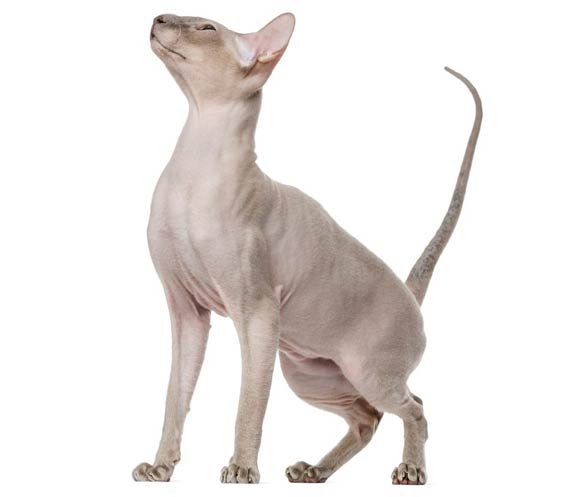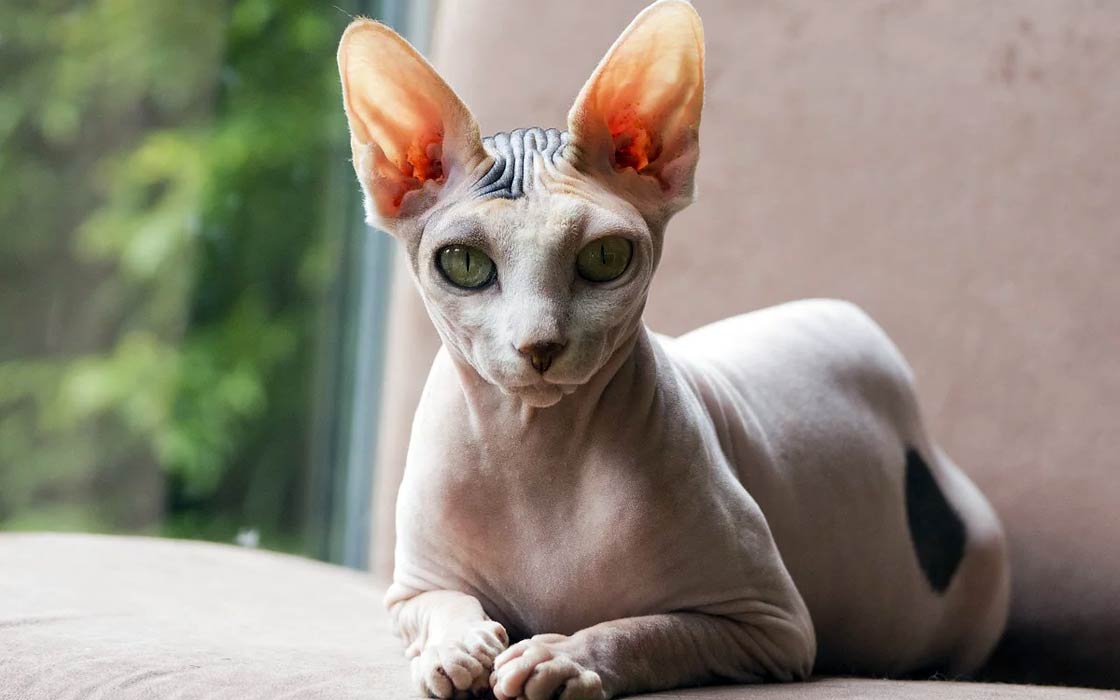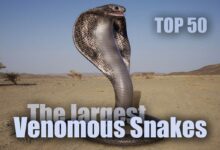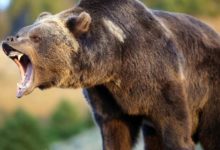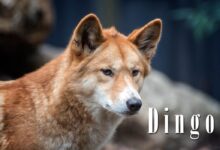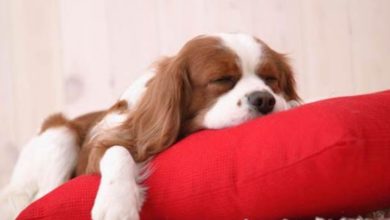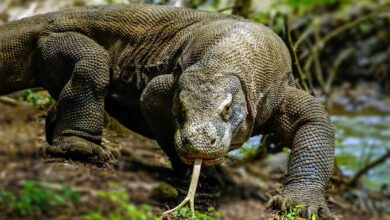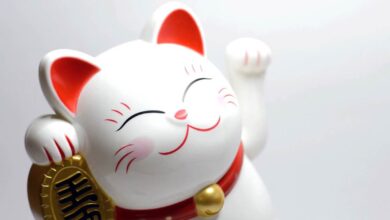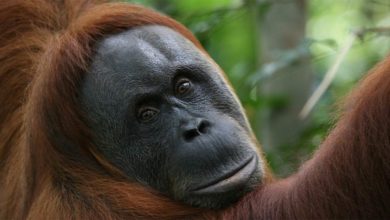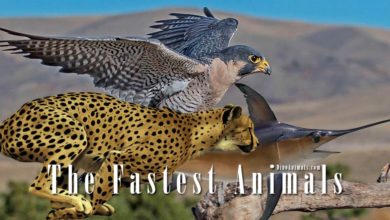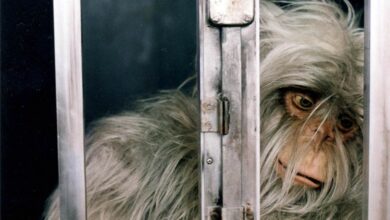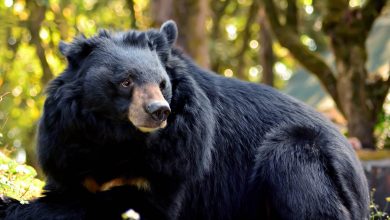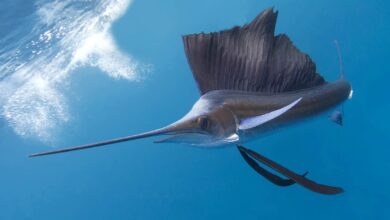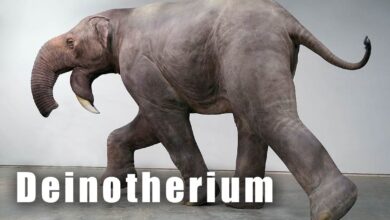Peterbald cat – the Petersburg Sphynx
The Peterbald is a cat breed that has been created relatively recently in Russia. It owes its name to the place where it has been bred – Saint Petersburg. In the past, it was thought that the breed had originated from a crossbred of a Don Sphynx and an Oriental Shorthair. However, nowadays this theory has been rejected, as the gene responsible for the lack of hair in the Peterbald is not the same gene as in the above-mentioned sphynxes. Thus, let us get to know the Russian breed of these hairless cats, also called Petersburg Sphynxes, a bit better.
FIFe classification
- Category IV: Oriental cats
- EMS code: PEB
- Origins: Russia
- Other names: Petersburg Sphynx
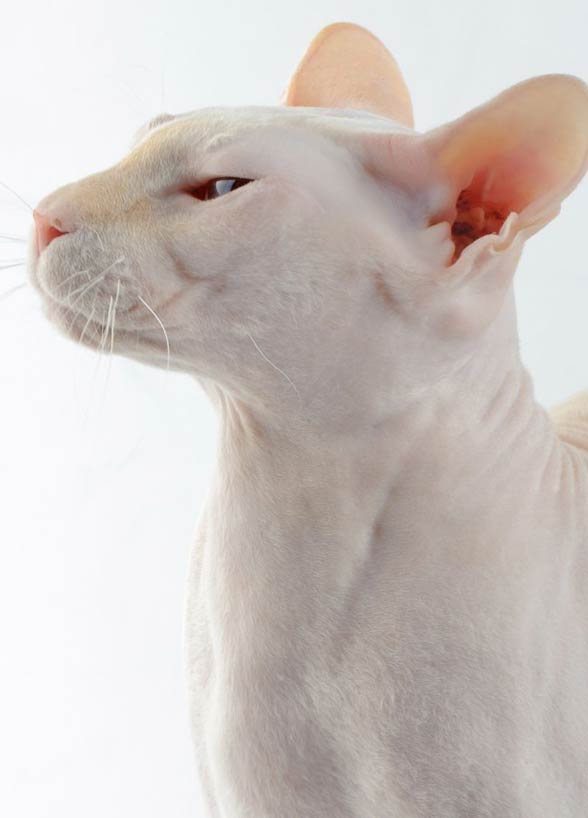
History of the breed
The breed was created in 1994. In comparison to many other breeds, this breed is very recent, as there are cat breeds that are several hundred, or even several thousand years old.
The Peterbald appeared in St. Petersburg as a result of a crossbred of a male Don Sphynx and a female Oriental Shorthair. In spite of this, many of Peterbalds come from Siamese cats and oriental cats, which significantly affects their looks.
The crossbred was developed by a felinologist Olga S. Mironova. The first two litters consisted of four Peterbalds that became the official progenitors of the breed.
Peterbalds are to resemble contemporary oriental and Siamese cats, i.e., they have to have a long muzzle, large, wide-opened eyes, widely set ears, flat cheekbones, and a very slender body with slim and long legs.
Due to these characteristics, all breed standards have suggested that these cats were bred with oriental cats, including the Siamese (to 2005 it was allowed to crossbreed Peterbalds with the Javanese and the Balinese, but they were crossed out from the list in the abovementioned year).
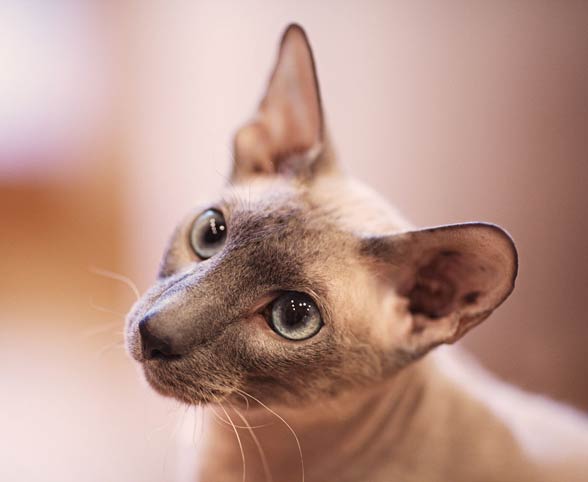
Characteristics
Appearance
The Peterbald is a medium-sized cat with a slender and graceful body, a whip-like tail, and slim legs. It resembles the Oriental Shorthair. The head is wedge-shaped, the eyes are large and almond-shaped, and the ears are very distinctive and widely set. The oval and webbed paws enable the cat to maneuver items, and even to open doors with a knob.
The breed includes several types of cats due to their hairiness:
- Bald – a cat is born completely hairless. The skin is “sticky” to the touch.
- Flock – a cat is hairless in 90%, the skin is silky to the touch, not sticky.
- Velour – a cat hairless in 70%, growing hair is about 1 mm long.
- Brush Coat – short, rough hair reaches the length of about 5 mm. It looks like felt.
- Straight Coat – a cat has ordinary, straight hair. This is caused by the lack of the gene responsible for baldness.
All the above-mentioned varieties, apart from the first and last ones, may lose their hair through the lifetime.
Feline federations accept all coloration and patterns on the coat (skin) of the Petersburg Sphynx.
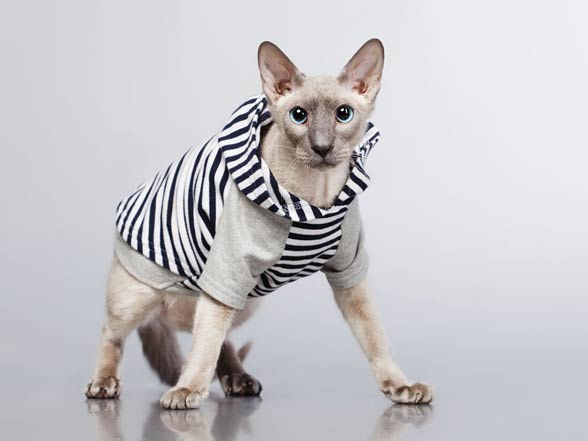
Temperament
It seems that Peterbalds prefer being alone for a few days after moving into a new house. However, over time, they should “warm up” and become cats that are more sociable.
They feel good in a family and are willing to assist their owners in daily chores. They accept children, thus, they play with them whenever possible. Cats of this breed should not be also hostile towards dogs – on the contrary, they may even play around with their barking flat mates.
Apart from their sociability, Peterbalds show much tenderness towards their owners. They like spending time not only on being petted, but also on playing. They love various activities, therefore, they do not need to be encouraged to frolic too long. They are also very intelligent (more than average), therefore, they learn new things relatively fast, and they can even be mean towards their owners.
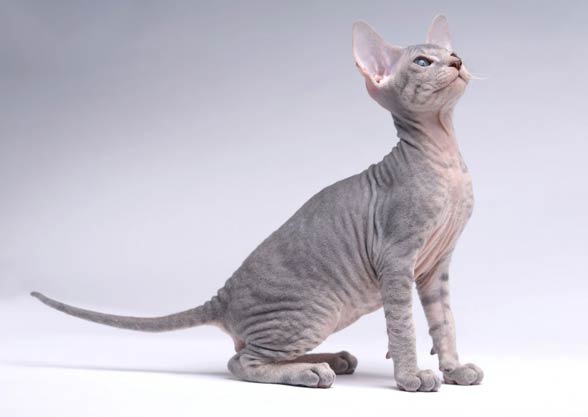
Detailed information / size
Peterbald cat
- Weight: 3-6 kg (6.6 – 13.2 lb)
- Lifespan: 10-12 years and more
Peterbald – interesting facts
- The brush coat variety is unique among Peterbalds. No other variety can show off its felt-like coat.
- Peterbalds are hypoallergenic (about 2/3 of people allergic to cats react to allergens present mostly in cat saliva). A small amount of hair or its lack and regular baths may decrease allergic reactions in some people.
- Peterbalds are usually healthy, but they may suffer from afflictions characteristic for the Siamese and oriental cats. These afflictions include hepatic amyloidosis and dilated cardiomyopathy. It was also observed that these cats were prone to tooth decay, therefore it is very important to take care of their teeth. Similar to other hairless cats, Peterbalds need protection during cold months (due to freezing) and during the hottest months (due to the risk of sunburns).
